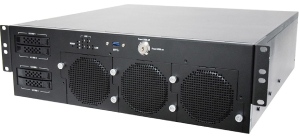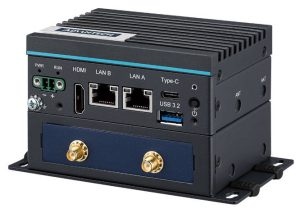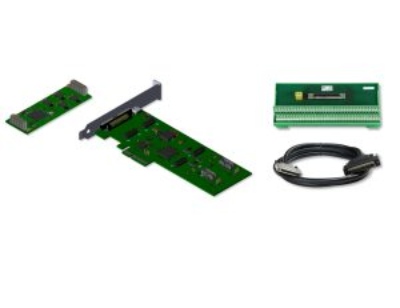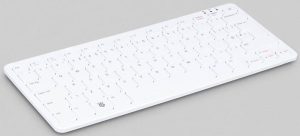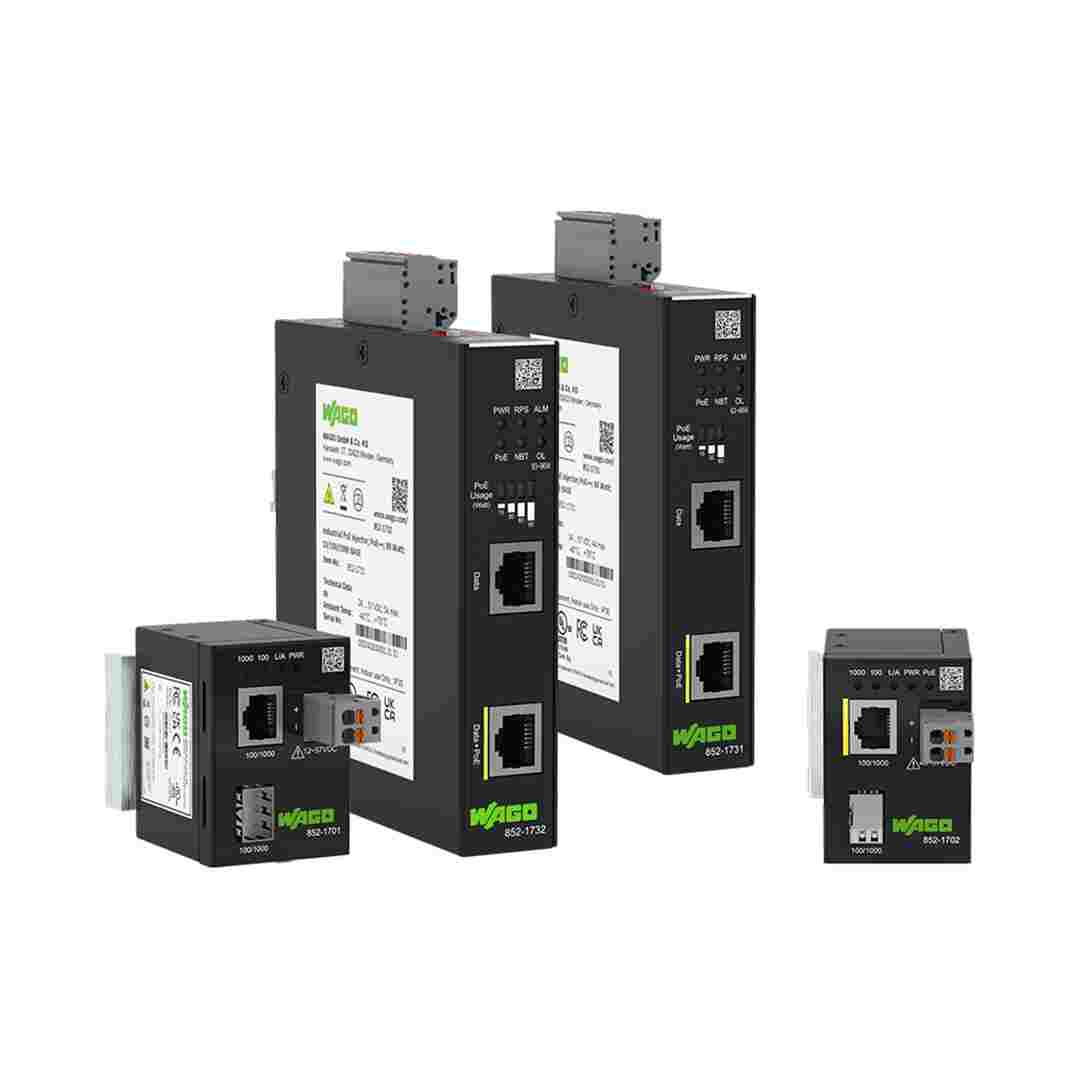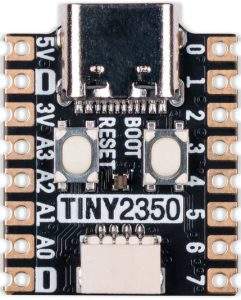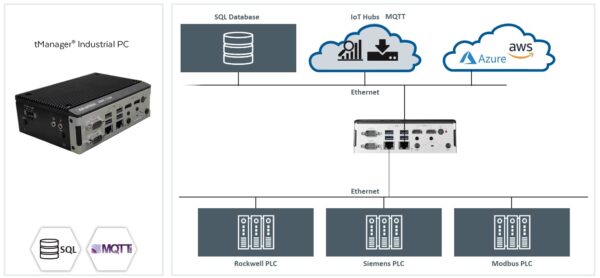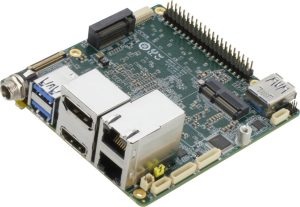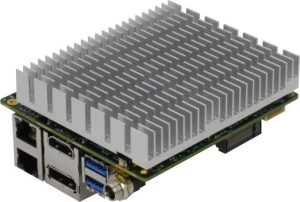Lanner Electronics has launched the ICS-P770, a rugged computing platform certified to IEC 61850-3, IEEE 1613, and EN50121-4 standards, designed for substation automation, virtualization, and network security.
The ICS-P770 is a 3U rackmount industrial computer designed for digital substation automation and ICS/SCADA security. Equipped with the Intel Xeon 6 Processor, it provides reliable computing performance, security features, and high-speed connectivity for power grid applications.
The ICS-P770 is built to support the requirements of modern digital substations, with up to 512GB of DDR5 RDIMM memory and high-speed networking options, including four 2.5GbE RJ45 ports, two GbE SFP ports, and two 25GbE/10GbE SFP/RJ45 interfaces. It includes multiple PCIe expansion slots, such as four PCIe Gen5 slots, and supports HSR/PRP PCIe cards for network redundancy. The system also features four hot-swappable U.2 NVMe storage bays with RAID support for data logging and backup in critical energy applications.
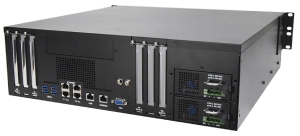
The ICS-P770 is built for substation environments, featuring an IP30-rated chassis with fan-based cooling and an operating temperature range of -25°C to 55°C. It includes TPM 2.0 and Intel QuickAssist Technology for encryption, authentication, and secure remote access, supporting virtualization and SCADA security.


